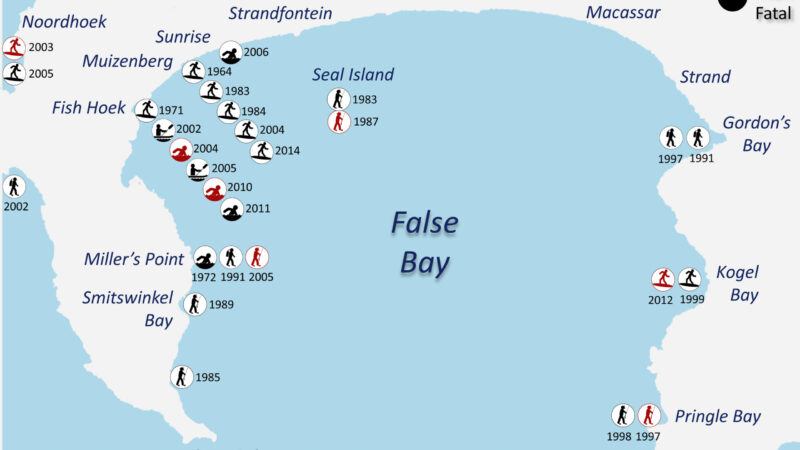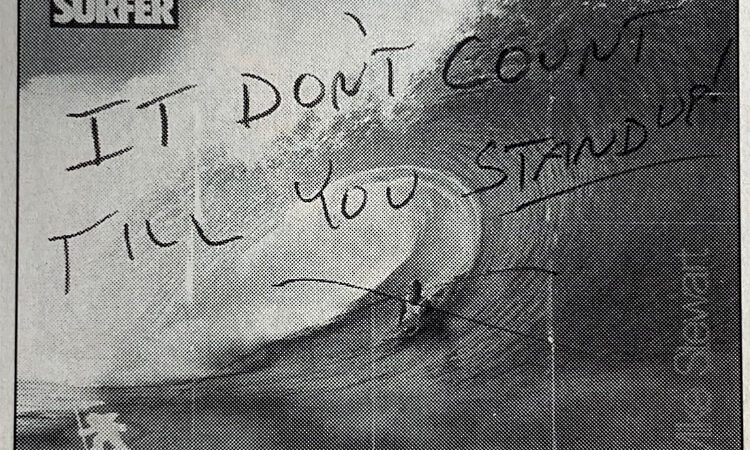Bodyboarding is a sport with specific rules, even when practiced alongside a dedicated, experienced coach or instructor in individual or group lessons.
Nowadays, we can say that it is a privilege to have a few bodyboarding-only schools all over the world, where you can get in touch with the experience of catching a wave quicker than anyone else, in prone mode.
When learning and improving your wave riding skills, it is essential to be motivated and believe in yourself. But it is also true that you should pay attention to what your instructor has to share with you.
These simple rules, yet helpful guidelines may help avoid many undesirable complications and give you a better and more fruitful perspective of what bodyboarding really is.
Out of the Water
One of the first and most important rules is to get out-the-back with a complete and up-to-date bodyboarding equipment.
In other words, it’s paramount that you get in the water with a proper bodyboard, a good and comfortable pair of fins, a quality leash, and the right wetsuit for the given water temperature.
Gear plays a significant role in your performance. Remember that equipment malfunction can put your life in jeopardy.
So, in case you forget an essential item of your equipment, don’t take any unnecessary risk – avoid paddling out. Safety is always your top priority.

From a physiological perspective, try not to eat too much before entering the water. Excessive food in your stomach might lead to seasickness and vomits.
Before grabbing your board and hitting for the next lesson, check the swell conditions as well as the overall weather conditions.
Today, there are many online tools you can use on your behalf for real-time ocean status and forecasting updates.
Warming up your body with specific exercises is also crucial to improve physical condition and stay in shape.
Before entering the water, perform all the exercises proposed by the instructor, and you will realize that your body will be better prepared to face the waves.
Choosing the Surf Break
Most bodyboarding lessons get underway in popular beaches or famous surf breaks where hundreds of wave riders try to maximize their wave count.
If you’re a bodyboard instructor or bodyboard school owner, and no waves are breaking in front of your home break, try to move the lessons to an alternative, less crowded spot.
And, whenever it happens, don’t let your group paddle to far out-the-back. There may be unexpected rip currents and freak wave sets in the making ready to scare some of the pupils.
Also, keep a safe distance between other schools’ trainees. If you’re one of them, let your instructor know where you are at all times.

In the Water
Have you surfed a few non-stop consecutive waves? Rest a little bit between the sets while you wait in the lineup for the next wave.
Too much exercise and pushing the body to the limit can lead to excessive fatigue and muscle injuries.
Technically speaking, you must pay attention to a couple of important issues: never catch any wave without checking whether someone is holding priority and already dropping in for a ride.
Start developing your mind surfing skills – close your eyes and imagine yourself dropping a wave, performing a bottom-turn, a belly spin or an el rollo.
You can also do it by mimicking and reproducing the most common maneuvers in bodyboarding. Feel free to do it at home, or at the beach.
This kind of exercises will support and accelerate your technical development.
If you’re taking up bodyboarding lessons, feel free to clarify your doubts or ask your instructor any question that you may have.
Don’t ever feel embarrassed – it’s okay to feel uncertain, indecisive and apprehensive. We are always learning every day at every level. Get the explanation that you need from your tutor.
For example, ask your teacher if there’s anything that you should be worried about – a distress or emergency signal – while enjoying your bodyboarding lesson.
It is fundamental that you’re prepared for any adverse situation, especially when surfing in less comfortable ocean conditions.
Simple body language signs like waving your arms or raising the boogie board up in the air could be very useful for students and instructors alike.
Prevention is always a safety net.
Words by Nuno Beleza | Author and Private Bodyboarding Coach | aprenderbodyboard @ gmail.com





Recent Comments